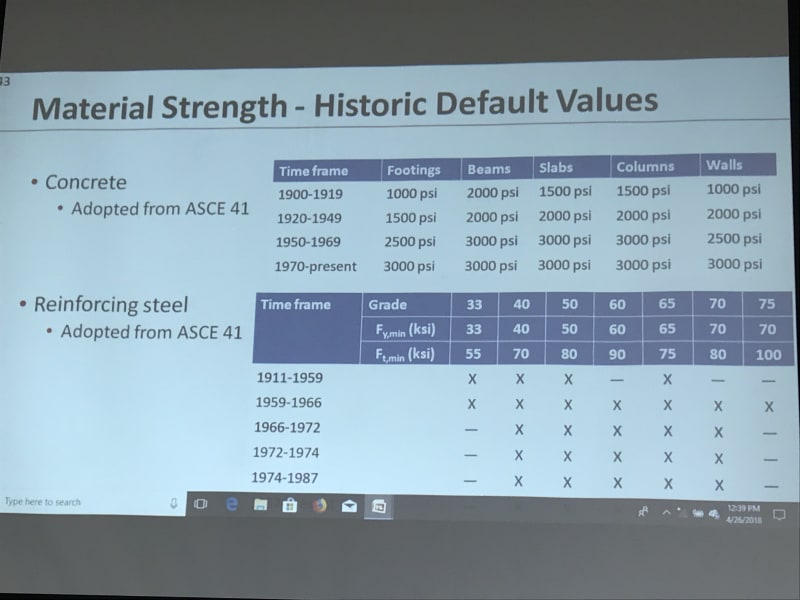Here's what I think, based on "Beam Schedule for Mezzanine Flr. Framing at Pump Room" (lower left). This table is clear, the other tables are hard to read.
Beam No. 201 - 12 stirrups total, 6 at each end: starting from the end, 1 @ 6", then 5 @ 12"
Beam No. 202 - 16 stirrups total, 8 at each end: starting from the end, 1 @ 6", then 7 @ 12"
Beam No. 203 - 14 stirrups total, 7 at each end: starting from the end, 1 @ 5", then 6 at 10"
Beam No. 204 - 14 stirrups total, 7 at each end: starting from the end, 1 @ 5", then 2 @ 10", then 2 @ 12", then 2 @ 18"
....and so on.
Please note that beams are not my area of expertise. I do RC design from time to time, but for non-building structures (e.g. cast-in-place vaults, concrete head walls for drainage structures, retaining walls, etc.), and I haven't designed a RC beam in about 30 years. Still, I think my interpretation is reasonable.
==========
"Is it the only lesson of history that mankind is unteachable?"
--Winston S. Churchill

